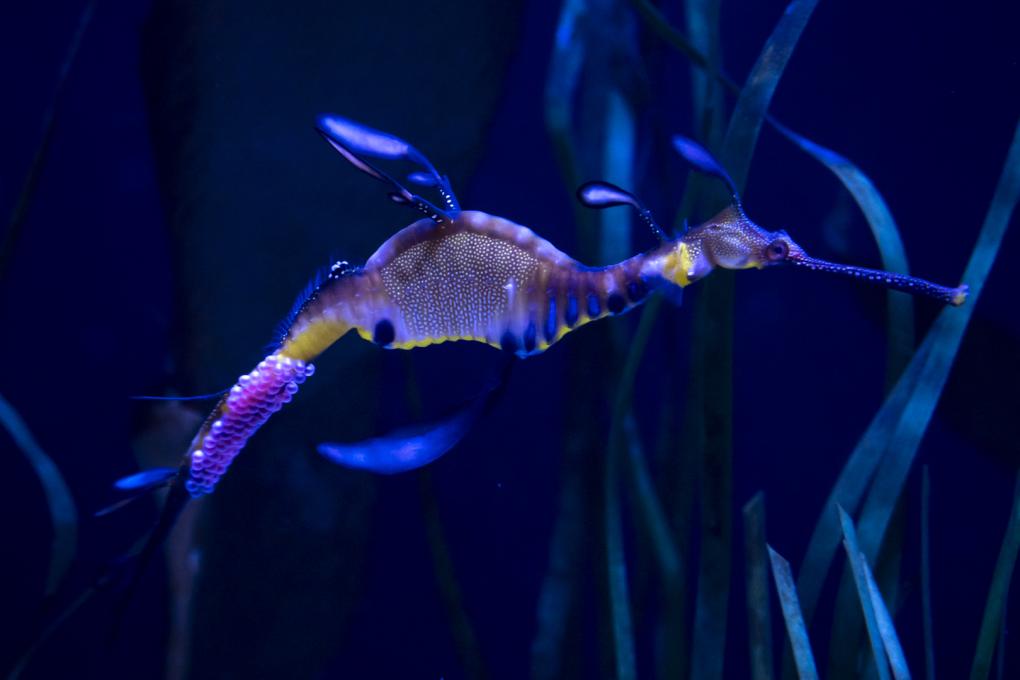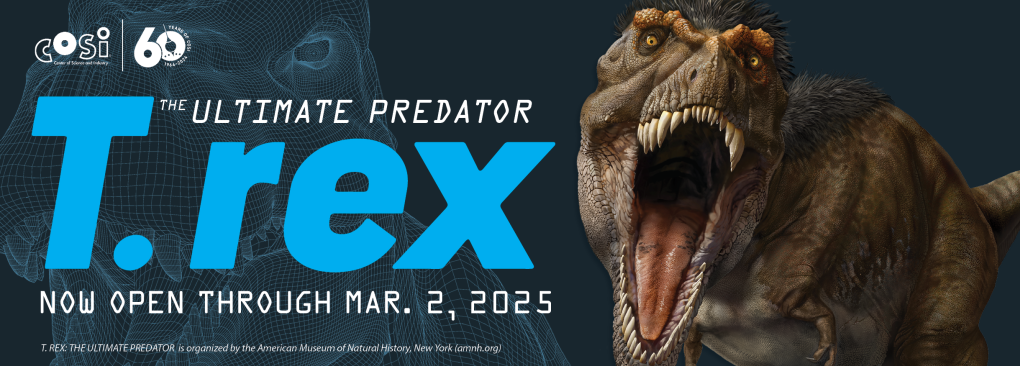Columbus Zoo successfully hatches seadragons for first time ever

Over a year ago, the Columbus Zoo and Aquarium welcomed weedy seadragons to their Australia and the Islands region.
These seadragons are incredibly unique, for the seadragon fathers are the ones that carry the important task of helping bring babies into the world. They fertilize the eggs and carry them on their tails until they’re ready to hatch!
This process of transferring the egg from a female to the male’s tale is a delicate process, one that rarely occurs at zoos nonetheless. But the Columbus Zoo was able to successfully hatch 25 weedy sea dragons, marking a significant milestone!
Zoo visitors won’t be able to view these baby seadragons for probably another year while their Animal Care team continues to provide all aspects of care for these unique babies. The care team has reported that these baby seadragons “have a voracious appetite and are eating approximately 9,000 baby mysis shrimp and 18,000 copepods per week!”

Typically, only five percent of seadragons survive their first year in their native range, but the care team is remaining optimistic. “Seadragon babies are incredibly fragile, delicate animals, and I’m so excited they are thriving in their new home and in our expert team’s care,” said Columbus Zoo and Aquarium President and CEO Tom Schmid. “We hoped they would breed, but the fact that it successfully happened this quickly is amazing and a real testament to the team’s knowledge and dedication.”
It’s important to breed and study seadragons more than ever, due to the warming oceans and destructive fishing practices that are making them more vulnerable out in the wild. Their mating rituals are also elaborate. “There is relatively little known about this secretive species in their native range and across conservation organizations,” said Becky Ellsworth, Curator of the Shores and Aquarium region. “The information we are gathering throughout this rare opportunity will add to the collective body of knowledge and wellbeing of weedies worldwide.”
Want to read more? Check out our print publications, (614) Magazine and Stock & Barrel. Learn where you can find free copies of our newest issues here!



